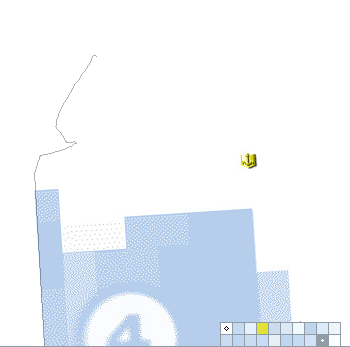Here’s to the New Year and greater clarity in definition!
To get started, here is a fast slice at a great misconception.
ART DIRECTOR (akin to Design Director or Creative Director): A non-academic, practice-based, leadership role within the semi-professions of Graphic Design or Advertising (among others).
CLIENT (sometimes called first client, but only once): One who seeks and compensates the services of a service provider/designer (course credit/grade must not be confused with compensation).
DESIGN TEACHER (akin to Professor, Mentor, Coach, Facilitator and/or Educator): An academic, professional, service role within a college or university tasked with providing relevant curricula and effective pedagogy aligned with current professional, technological, social, and cultural standards of practice and the individual interests of the student designer.
Note: these standards of practice are defined by the semi-profession at large, their collective organizations, and the fullest range of contexts in which they work. This definition is not set by personal whim or individual inclinations that may align with one’s singular knowledge, skill, comfort, or lack thereof.
A design teacher in their role as service provider is not an Art Director nor a Client (“first” or otherwise, convenient metaphor or not). For a “design teacher” to designate themselves as either is a deep error in concept and purpose and leads to non-curricula, odd and fearful positions of authority, incompetence/amateurism, confusion, frog-walking, anti-creativity, and anti-education. It also kills all the process, surprise, and goodness that encourages anyone to seek an education in the arts or design. To play in such terms is a gross misunderstanding of design, education, and what any university holds as their charter. The responsibilities of a design teacher are not superseded nor offset by falsely attaching the role or designation of Art Director and/or Client. However, doing so often times successfully shirks most or all educational responsibility and any positive result.
A teacher is one who, to the best of their abilities encourages the creative development and exploration of student designers. Their role is not one of a connoisseur bestowing their limited personal preferences in any role—even if those roles exist in semi-professional practice and sound fun and/or authoritative. In practice, a solid and competent Art Director will show skill based on their ability to speak multiple visual languages and work across a range of media (more than print or print hinting at other forms, and greater complexity than three formulaic variables). That is to say, you will not see a meager gamut of formal exploration and execution repeated ad nauseum (pun not intended but works all the same).
Clients may exist in academic settings as a third-party along with students and a design teacher or teachers. These clients are frequently state or not-for-profit groups. Their content and perspective may greatly enrich the process and results. Faculty members assigning themselves the designation of “client” to their students further overlook the greater role of true and constructive client collaboration within a studio-based learning environment.
As Mom used to say: “knowing is like time-travel!” Welcome to 2014 (or at least 2004).
——————————————————————————————————
Much more could be said in terms of the artist-teacher role, apprenticeships, and how one studies a craft like pottery vs. a contemporary design education. They are not mutually exclusive, but they are certainly not the same. More could be said about a design education at a state university in 2014 vs. 1974 or the difference between a BA and a BFA and the spectra of BFA available or a host of time-warping concepts about relevance, responsibility, competence, and creative learning environs of our present age. And getting your time and money’s worth, etc, and, and, and… Maybe more of that in the next few weeks.


very nice- could not agree more.